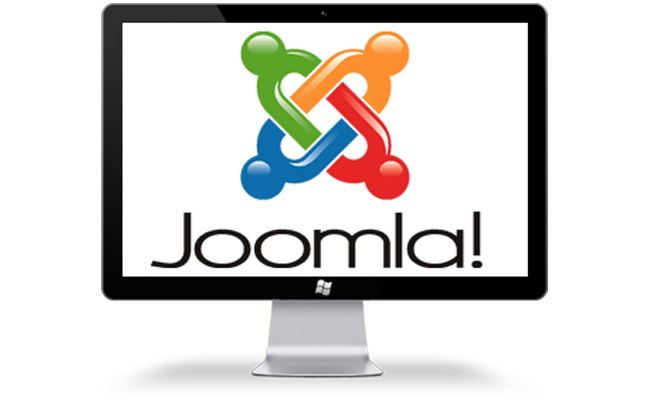
Developing a website is not a problem nowadays specially when people are making use of Joomla web designing techniques. As the name of the web designing technique appears to be a unique so is the working of this application. This application helps a company to explain their objectives, as joomla web designing application is used in different portals, newsletters, presentations and other promotional materials. A person can have a new website every day because of this world’s strongest open source content management system. It is extremely user friendly application and anyone can easily install this designing package. People who feel they have no technical knowledge can also run this designing application easily.
It becomes so easy to utilize ready to use open source website templates, a person can use them to create an attractive website anytime. A person can look after the website by keeping full control on it and there are so many companies that provide with best joomla web designing. These companies make sure that joomla website templates are protected by passwords and the person accessing the site can make changes in the site.
Nowadays there are several online companies working to serve clients with joomla web designing techniques. For those who are interested in this application can make use these online companies and get themselves registered through on line services.
One of the major advantages of using this kind of a web designing technique is that the search engine can read the location of joomla websites at a much faster speed than any other forms of websites. Users feel extremely happy to use new technique of joomla web designing [http://www.rupizmedia.com/joomla-web-designing] that makes this business a successful one.
So, Enjoy working with this latest technique and feel free to design a website on your own by making use of joomla web designing. Keep the control over the site and bring changes as and when required to attract users at a faster rate.


